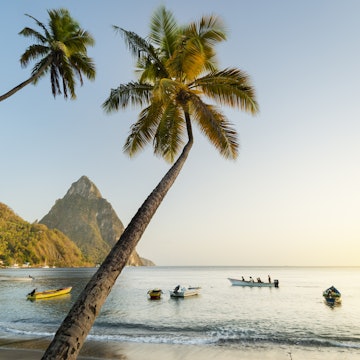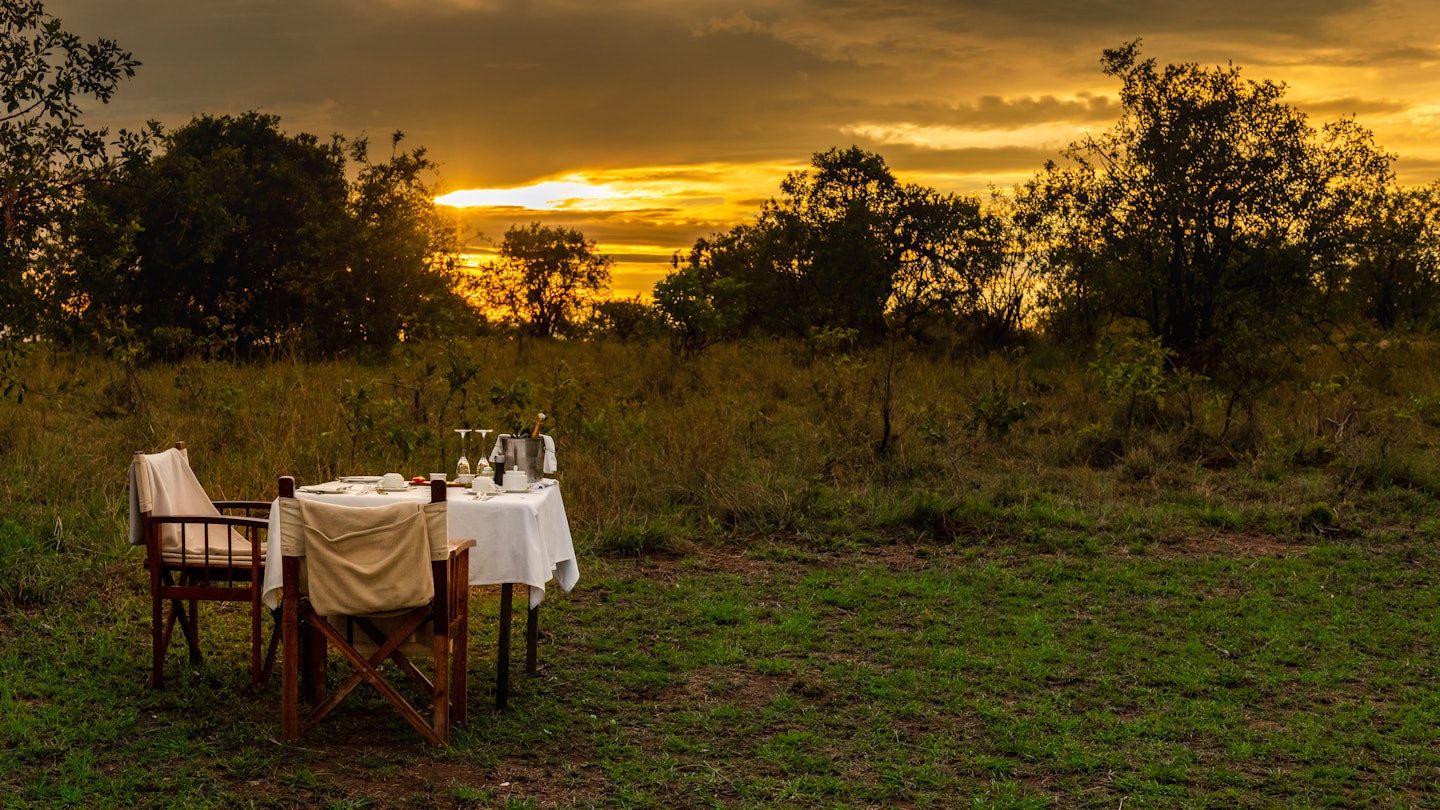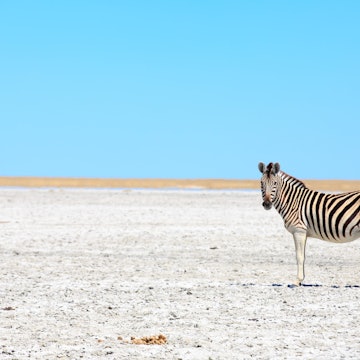
I want to go on a safari in Botswana, Kenya or Tanzania - how hard would it be to drive myself?

Apr 28, 2025 • 4 min read

Sunrise breakfast in Serengeti National Park, Tanzania. Ricco Fernando/Shutterstock
In this series, Lonely Planet’s writers and editors answer your travel questions and provide tips to help you plan a hassle-free trip. When it came to this question about doing a 4WD self-drive safari in Africa, we went to Namibia-based guidebook writer Mary Fitzpatrick for expert guidance.
Question: "I'm interested in a 4WD self-drive safari in Africa, I think I have a shortlist of Botswana, Kenya and Tanzania, but I would like more detailed, first-hand information before I commit to a particular country."
Mary Fitzpatrick: A self-drive safari in Southern and/or East Africa promises to be full of adventure and life-changing encounters. Think of spotting elephants at dawn on a wildlife drive. Sitting in front of a campfire at sunset. Or arriving at a remote village where curious, laughing, local children will surround you, wondering where you are going.
A 4WD African safari is also a big undertaking. If it’s your first visit to the continent, or you’re traveling solo, first consider joining an organized safari. You can then do a self-drive safari on a later visit. If you decide to stick with self-drive plans, travel with at least one other person and start easy. Focus on one country first. Those you’ve mentioned are large, and exploring any of them in depth would require a two- to three-week itinerary. If you do decide to cross borders, pick geographically proximate pairings.

Which countries are best for a self-drive safari?
Of the three countries you mention, Botswana has more of a self-drive safari culture. Fully equipped 4WD rentals are easy to find in Gaborone and other major towns. You can also pick up wheels near larger tourist sites. Indeed, many locals will see the country this way. You will still need to be well prepared for remote driving and camping. Experience in both off-road and bush driving is helpful too. Expect some long, empty stretches between the more popular destinations.
You can also organize self-drive rentals in Kenya and Tanzania. Both are wonderfully rewarding, but they can be costly. Most visitors will opt for an organized safari instead. However, there are some benefits to hiring a 4WD in either country. Their roads are less isolated, especially around major parks. There are more facilities en route, too – even if it's only small villages and shops selling basics.
Another fourth alternative to consider is Namibia. With good roads, well-equipped campsites and reasonably priced rental vehicles, it is one of the easiest Southern African countries to explore via a self-drive tour. If you want to visit more than one country, start in Namibia, head east into Botswana, and finish up with a visit to Victoria Falls on the Zambia/Zimbabwe border.
What else do I need to consider?
If you do decide to cross any borders, ensure your vehicle and any third-party insurance papers are in order as border guards will check them. Tanzania and Kenya are both part of the Comesa yellow-card insurance scheme, a regional third-party program for motor vehicles that provides legal liability cover and compensation across several countries.
If you want to visit Victoria Falls, look into buying the Kaza univisa, a US$50 visa that allows you to visit both Zambia and Zimbabwe for up to 30 days across a calendar year. It also covers day trips to Botswana via the Kazungula border.

What about sleeping? Is camping widely available?
In southern Africa, including Botswana and Namibia, rental vehicles commonly come with an option for a rooftop tent. Campsites are widespread, especially in Namibia.
In Tanzania and Kenya, this type of arrangement isn’t as common, but you’ll find campsites in and around major national parks. The latter has an abundance of inexpensive, local-style guesthouses, too.
What else do I need to know about a 4WD safari?
Fill the 4WD with gas whenever possible; filling stations are often few and far between.
Bring some emergency cash, in case ATMs are unavailable.
Learn some vehicle repair basics and ask an experienced mechanic for recommendations on what spares to carry.
Most countries allow you to drive on your home license (as long as it’s in English), but getting an International Driver's Permit can be helpful, especially for longer safaris.
Carry plenty of extra water, plus some food rations to tide you over in case of a breakdown in a remote area.
Some vehicle rental companies offer satellite phone rental – worth considering if you'll be out in the bush.
Avoid driving at night, and familiarize yourself with local driving standards before starting. It’s common to encounter livestock, wild animals and people on the roads.
Finally, try to avoid traveling during the rainy season, especially in Tanzania and Kenya, as flooding is common and roads can become muddy and impassable.














